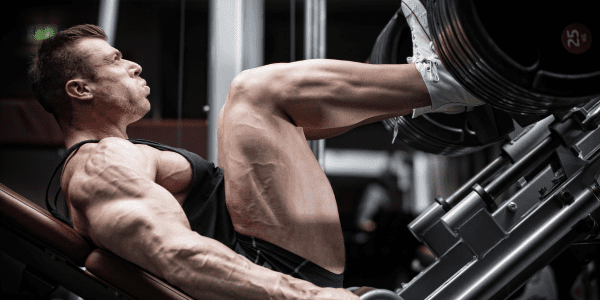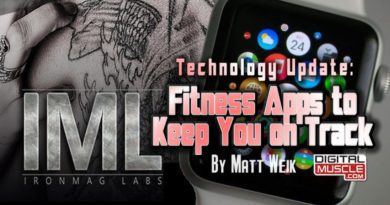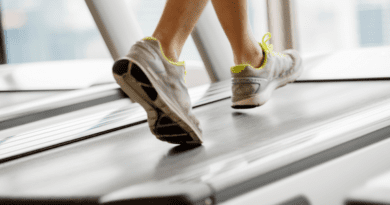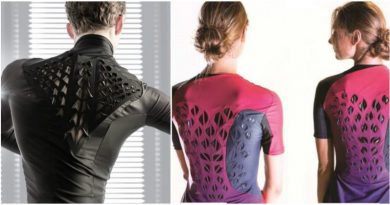Benefits of the Leg Press for Building Massive Legs
Are you ready to take your leg gains to the next level? If you’re seeking a massive lower body that fills out your pants and shorts, look no further than the benefits of the leg press.
This exercise is a secret weapon for unlocking the true growth potential of your leg muscles and building them into massive pillars of strength. Whether you’re an aspiring bodybuilder, an athlete aiming to dominate your sport, or simply someone who craves powerful, awe-inspiring legs, the benefits of the leg press can help you punch your ticket to the results you desire.
Related Article: Simple Workout for Massive Gains
In this article, we’ll dive deeper into the benefits of the leg press, exploring how to properly utilize this machine, optimal techniques and variations you can use, and insider tips that will propel you toward total leg domination.
Disclaimer: It is recommended that you speak with your doctor before engaging in any exercise program.
Table of contents
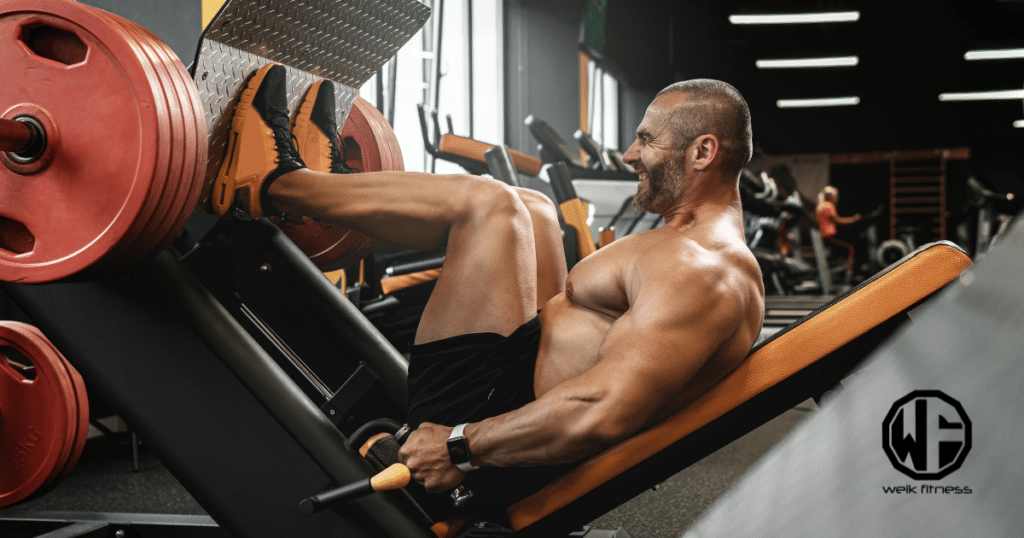
The Benefits of the Leg Press
The benefits of the leg press are seemingly endless when it comes to lower body strength, muscle growth, and overall fitness. Below are some key benefits of the leg press and why you should include it in your leg day workout routine:
1. Quadriceps development
The most obvious of the benefits of the leg press would be the stress it puts on your quads. By performing the leg press, you can effectively strengthen and build your quads, which are essential for various daily activities like walking, climbing stairs, and sports performance. You can safely go heavy with this exercise which makes for another one of the benefits of the leg press.
2. Hamstring and glute activation
While the quads are the primary focus of the leg press, your hamstrings and glutes also get activated as secondary muscles. This exercise helps build and strengthen these two muscle groups, contributing to better lower body balance and overall leg strength and development. You don’t want massive quads and no hamstrings. Nor do you want super powerful quads and weak hamstrings, which is why one of the benefits of the leg press is overall leg strength and development.
3. Lower body power and explosiveness
The leg press can be performed with relatively heavy weights, many times the weight being much more than you can squat or deadlift, allowing you to work on developing lower body power. By gradually increasing the resistance, you can enhance your explosive strength, which is beneficial for activities like jumping, sprinting, and athletic performance.
4. Joint stability and bone density
Performing leg press exercises can improve joint stability, particularly in your knees and hips. This seems to be one of the benefits of the leg press that gets overlooked. Strengthening the muscles around these joints can provide you with better support and protection, reducing your risk of injuries. Additionally, weight-bearing exercises like the leg press can help increase bone density, which is crucial for preventing conditions like osteoporosis.
5. Muscle hypertrophy and aesthetics
The leg press can be an effective tool for muscle hypertrophy, especially when combined with appropriate resistance and proper training protocols. Regularly incorporating leg presses into your routine can increase muscle size and definition, giving your lower body a more impressive and defined appearance when you can rock massive teardrops coming from your quads.
6. Versatility and accessibility
Another of the benefits of the leg press is the machine’s versatility. The leg press can be modified to target specific muscles depending on where you place your feet on the platform. By adjusting foot placement on the footplate (for example, a wider stance, high or low foot placement), you can shift the emphasis onto different areas of the lower body, such as the inner or outer thighs.
How to Properly Use the Leg Press
Now that we better understand the benefits of the leg press and why it’s a popular exercise for targeting the muscles in your lower body, let’s talk about how to properly use the machine to set yourself up for success.
Related Article: The Many Benefits of Utilizing the Asian Squat
Below is a step-by-step guide on how to properly perform the leg press. Should you have questions, it is recommended that you ask a trainer at your gym to show you how to properly use the leg press machine and even have them check your form while they’re there.
- Adjust the seat: Start by adjusting the seat of the leg press machine so that your feet can comfortably rest on the footplate. Your knees should be at a 90-degree angle when your feet are placed on the footplate.
- Choose an appropriate weight: Select a weight that is suitable for your strength level and such that it aligns with your goals (hypertrophy, strength, power, etc.). Start with a lighter weight and gradually increase it as you become more comfortable and confident with the exercise.
- Position yourself on the machine: Sit on the seat with your back firmly against the backrest. Place your feet shoulder-width apart on the footplate, ensuring that your heels are firmly planted, and your toes point ever so slightly outward.
- Adjust the safety handles: One of the benefits of the leg press is that it has safety rails. Most leg press machines have safety handles or levers that you can engage to prevent the weight from moving initially. Make sure these handles are properly set before starting the exercise to ensure the weight does not come down on you.
- Prepare for the movement: Take a deep breath, engage your core muscles and keep it tight, and prepare yourself to begin the exercise. Maintain a neutral spine throughout the movement.
- Push the weight away: Push through your heels and extend your legs, straightening them as much as possible without locking your knees (NEVER lock out your knees). Focus on using your leg muscles to drive the movement rather than relying solely on momentum, and don’t use your hands/arms to push your legs to assist in the movement.
- Control the descent: Slowly lower the weight back down by bending your knees, allowing them to come toward your chest in a controlled manner. Keep your movements smooth and controlled throughout the entire exercise.
- Repeat the movement: Perform the desired number of reps based on your fitness goals and training program. Aim for a range that challenges your muscles without sacrificing proper form.
- Safety precautions: When using the leg press machine, it’s important to prioritize safety. Avoid locking your knees at the top of the movement, as this can strain the joint. Additionally, avoid lowering the weight too far, as this can put excessive stress on your lower back. It should also be noted one of the benefits of the leg press machine is that it has safety rails. If you get stuck during the movement, move the safety rails into place so that you can stop the movement of the weights.
Use Variations for Better Results and More Benefits of the Leg Press
Variety is the spice of life, right? Well, it’s also one of the benefits of the leg press.
The leg press exercise offers a variety of variations that allow you to target specific muscles, adjust intensity levels, and add diversity to your lower body training. Switch things up to hit different parts of your lower body and amplify all the benefits of the leg press during your lower body training.
Below are some common leg press variations you can utilize to maximize your results:
Standard Leg Press
This is the traditional leg press variation where you sit on the seat, push against the footplate, and extend your legs to lift the weight. It primarily targets the quadriceps, hamstrings, and glutes.
Narrow Stance Leg Press
Place your feet closer together on the footplate, narrower than shoulder-width apart. This variation emphasizes the outer quadriceps and targets the muscles on the inner thigh.
Wide Stance Leg Press
Position your feet wider than shoulder-width apart on the footplate. The wide stance leg press targets the inner quadriceps, outer glutes, and hamstrings to a greater extent.
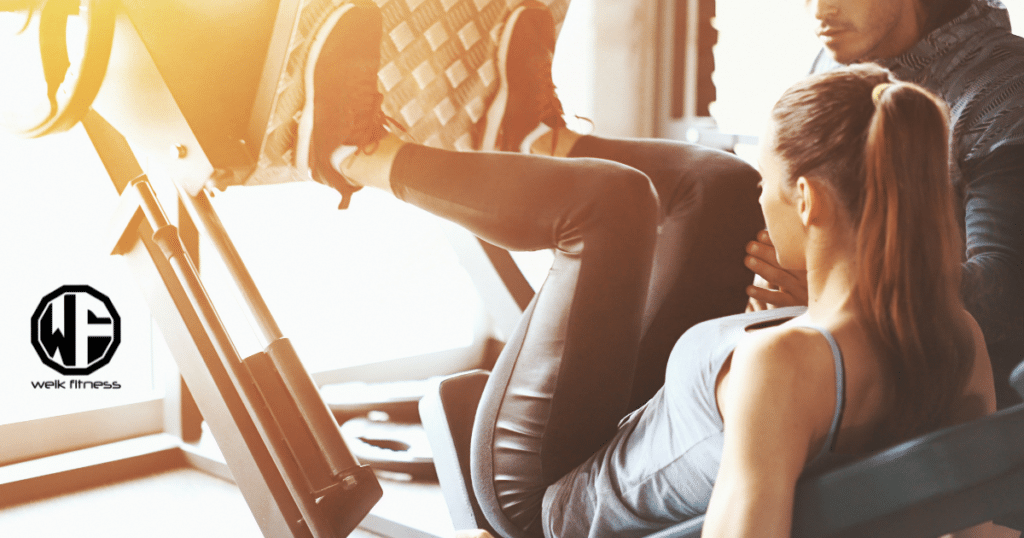
Single Leg Press
Instead of using both legs simultaneously, this variation involves pressing the weight with one leg at a time. It helps improve balance, stability, and can reveal any strength imbalances you may have between the legs.
Sled Leg Press
This variation uses a sled instead of a traditional leg press machine. You place your feet on the sled and push it away using the same leg press motion. Sled leg presses often allow for a more natural range of motion and can engage the muscles in a slightly different way.
High Foot Placement Leg Press
By placing your feet higher on the footplate, you shift the movement’s emphasis onto the glutes and hamstrings. This variation can help develop a well-rounded lower body and target the posterior chain muscles.
Low Foot Placement Leg Press
Opposite to the high foot placement, this variation involves placing your feet lower on the footplate, emphasizing the quadriceps, and engaging them more intensely.

Single-Leg High Foot Placement Leg Press
Combine the benefits of the single-leg press and high foot placement by performing the exercise with one leg while placing the foot higher on the footplate. This variation adds intensity and can further enhance muscle imbalances and stability.
Remember, when incorporating leg press variations into your workout routine, it’s essential to maintain proper form and adjust the weight load accordingly. Each variation targets different muscles, so choose the ones that align with your specific goals and consult with a fitness professional to ensure you’re using the correct technique.
While each variation provides added benefits of the leg press, you’ll also need to potentially increase or decrease the weight depending on the variation used.
Is the Leg Press Better Than Squats for Your Lower Back?
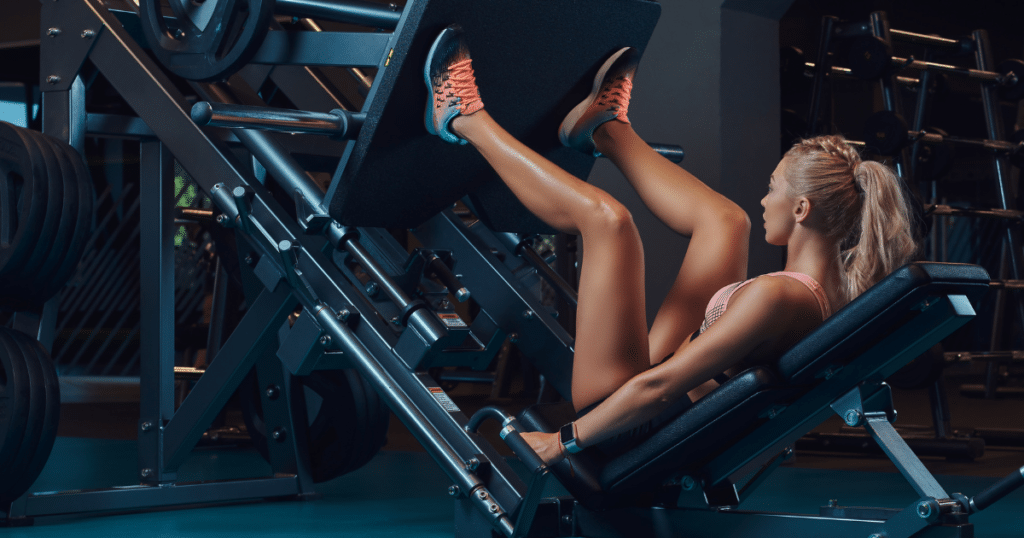
Compared to squats, the leg press generally places less direct stress on the lower back. Which, if you’re like me and have issues with your lower back, the benefits of the leg press (for me) are greater than trying to squat and potentially do more damage to my lower back.
Squats are a compound exercise that engages multiple muscle groups, including the lower back, quadriceps, hamstrings, glutes, and core. In contrast, the leg press primarily targets the lower body muscles, with less involvement of the lower back and core to provide stability during the movement.
Here are a few reasons why the leg press may be considered less taxing on the lower back:
- Supportive equipment: When using a leg press machine, your back is supported by the seat and backrest, which helps stabilize the spine and reduces the load on the lower back. This support can be beneficial for individuals with lower back issues or those who are new to weightlifting.
- Elimination of axial loading: In squats, the weight is positioned on your shoulders or upper back, creating axial loading that is transmitted through the spine. The leg press, on the other hand, allows you to press the weight away using your legs, bypassing the need for spinal load-bearing.
- Reduced spinal compression: Squats involve a vertical loading pattern, which can compress the spine, particularly when heavy weights are used. With the leg press, the load is applied horizontally, minimizing the compressive forces on the spine.
However, it’s important to note that individual biomechanics, form, and technique play significant roles in how exercises affect the lower back. Improper form, excessive weight, or pushing through pain can still put strain on the lower back during the leg press. But overall, if you have a bad lower back, the benefits of the leg press can help you build bigger and stronger legs without having to put a bar on your back and squat.
For a well-rounded lower body training program, it is often recommended to include a combination of exercises, such as squats, leg presses, lunges, and deadlifts, while focusing on proper form and technique to ensure balanced muscle development and minimize the risk of injuries.
If you have specific concerns about your lower back, consulting with a fitness professional or physical therapist can provide personalized guidance based on your unique needs and circumstances and help you work around them.
Leg Press Machines for Your Home Gym
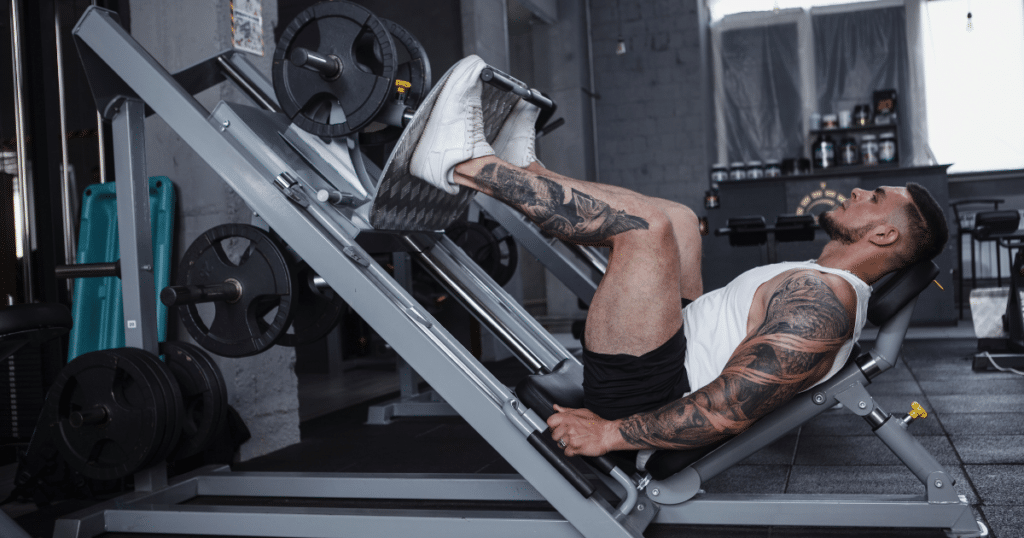
If you’re like me, you enjoy building out your home gym. And a home gym wouldn’t be complete without a leg press to push around some heavy weight. Therefore, before we close out this article that talks about the benefits of the leg press, here are some options to consider for your home gym if you’re looking to add another amazing piece to your home collection.
- Powertec Leg Press
- Body-Solid Leg Press
- Body-Solid Vertical Leg Press
- Body-Solid Leg Press Machine
- Titan Leg Press
I personally have several pieces of equipment from Powertec and Body-Solid and can’t recommend them enough. They’ve been a part of my home gym for nearly two decades, and I’ve had zero issues with them. So, if you want to add the benefits of the leg press to your home gym, you really can’t go wrong with either of those brands (my opinion of my personal experiences).


*Disclosure: This article may contain affiliate links or ads, which means we earn a small commission at no extra cost to you if you make a purchase through these links. These commissions help support the operation and maintenance of our website, allowing us to continue producing free valuable content. Your support is genuinely appreciated, whether you choose to use our links or not. Thank you for being a part of our community and enjoying our content.
PLEASE CONSIDER SHARING THIS ON YOUR SOCIAL MEDIA TO HELP OTHERS LEARN MORE ABOUT THIS TOPIC.


